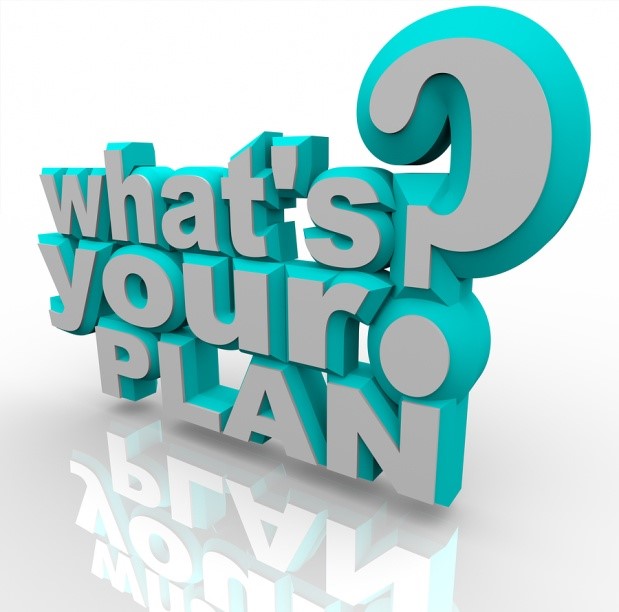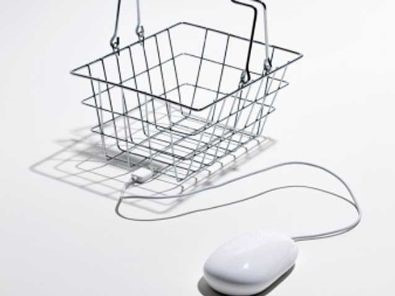In a time of crisis every Portuguese should be contentious regarding the way of spending money. So having a plan is always a proactive measure because it gives absolute power to decide on what they will spend their money.

A spending plan is a pie chart that will serve as a map to keep one in the right way to get rid of certain debts. Each month should have its own spending plan detailing monthly expenses expected. Must be completed at least 15 days before the new month begins. By following this schedule, if there is a setback, an unexpected expense, will have time to cut costs or generate additional income to deliver the most possible money for the payment of debts, one must create a plan as thorough as possible with the maximum ceiling of what can spend for each item.
Let´s perform a small exercise which will show the minimum amount of money needed to live (or survive!) through the current month.
This exercise is inspired by Glinda Bridgforth’s Spreadsheet:
1 - Take a look at the calendar and note the special events that may cost money.
2 - Complete your spending plan to make the best possible estimate of your bills and other necessities come for that month. Deal payments for various categories to determine the minimum you need for each of them not to create a sense of deprivation.
3 - Do not forget to include a part for your emergency fund.
4 - Calculate your cash flow. What is the amount remaining after subtracting expenses to your net salary?
5 - Now add a little common sense that equation: there is always something that does not go exactly as we anticipate and add 10% to your monthly spending plan. This percentage is realistically designed to tackle problems such as car breakdown, or pipes, a small accident or illness that will make having to go to pharmacy, etc.
6 - Apply the money left in their debts.
The idea is to use a spreadsheet type Excel and fills it with the amounts and do the calculations automatically.
Try to respect the following percentages, while taking into account that each case is:
House costs: 35%
Debts (Personal Credit, Credit Cards, Debt fractionation will SS and Finance etc..): 15%
Transportation (include here the credit and auto insurance, etc.): 15%
Other current expenditure: 25%
Savings: 10%
House expenses 35%
Rent / House Credit
Insurance (Life and Household Risks)
Taxes
Water, Electricity, Telephone and Internet, Cable TV
Condominium and General Maintenance
Estimated budget
35% of Net Income

Debt 15%
Personal Loans
Credit Cards
Fractionation of the State Payment of Debts
Estimated budget
15% of Net Income
Transportation 15%
Provision of Car or Public Transport Passes
Insurance
Maintenance
Fuels
Parking, Tolls and Other
Estimated budget
15% of Net Income
Other current expenditure 25%
Food
Garment
Out of home entertainment
Traveling
Care Toddlers and school
Medical Expenses
Other
Estimated budget
25% of Net Income
Savings 10%
Emergency fund for various purposes
Estimated budget
15% of Net Income
Net Monthly Income: _________________
Estimated Budget: ____________________

Part 3 - Relate Payroll Receipts to paid bills.
In Portugal it is not very usual to receive the salary every week or fortnight but suppose you do not receive exactly at the end / beginning of the month but in the middle of the month, or in fact, you will receive it every week or fortnight.
Thus, the 1st step is to set a schedule or a specific date for of accounts payment and pay the maximum number of accounts with each check. Expenses related to groceries should be divided proportionately, for example if you spend 200 € per month grocery and you receive two checks, each check must allocate € 100 for Groceries.
If a couple agrees in establishing in allowance for each personal things, they must use the same process. This type of economic engineering is a process. If the Plan for a particular month does not work, it does not mean you should give up your “Debt’s diet”, it just means that the plan needs some adjustments to work well and help you achieve your goals.
The mere academic exercise will inevitably makes you more aware of your spending and how you choose to spend your money and motivates you to end your debts.